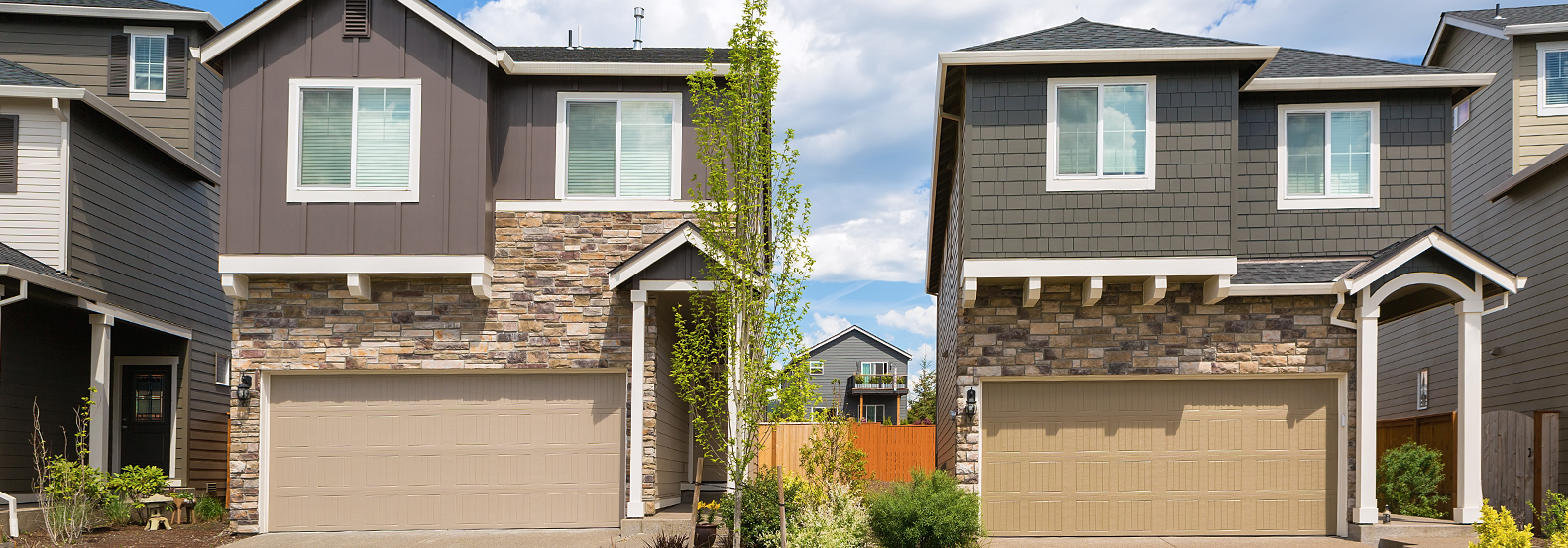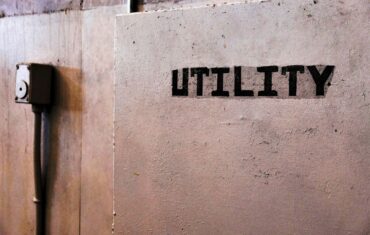It’s been about six months since the novel coronavirus became a public health concern, forcing businesses across the country to shutter. While some businesses are beginning to reopen, some never will, and the long term health of local economies sustained by hard-hit industries like tourism are unclear.
Despite economic uncertainty, the housing market continues to perform well. Even in a market like Central Florida, the median list and median sold prices have continued to climb and the number of days spent on the market has gone down. A surprising display of resilience when considering that Orlando has one of the biggest unemployment rates due to COVID-19 and is the only region in Florida to see continuing job losses according to the Department of Economic Opportunity.
While the impact on the current housing market seems tepid, housing stability and homeownership rates may not fare as well. Here’s why.
The state of the housing market six months after COVID-19
Signs of a strong housing recovery emerged early during the pandemic. Those signs, like home purchase sentiment, low mortgage rates, rising mortgage applications, and consumer borrowing up to pre-pandemic pacing, are all great news for those working in the real estate, title, and mortgage industry.
According to Joel Kan, the associate Vice President of Economic and Industry Forecasting at the Mortgage Bankers Association, homebuyer demand remains strong, and it’s driving an increase in conventional, VA, and FHA purchase applications. Along with a resilient purchase market, the summer ended with an uptick in refinances, 60% higher than the same week one year ago.
There’s a lot to celebrate, but there are some other concerning metrics that put the longevity of current borrowers hardest hit by the pandemic to withstand the economic fallout: mortgage forbearance and rent moratoriums.
Mortgage Forbearance
- 3.6 million borrowers are still in government and private sector mortgage forbearance programs.
- Ginnie Mae loans in forbearance increased for the second week in a row to 9.62%.
- Homeowners are allowed to delay monthly payments anywhere from three months to a year in some cases, but must pay back the amount owed.
- More than 2 million forbearance plans are set to expire in September.
- Of the total loans in forbearance, 35.76% are in the initial forbearance plan stage and 63.29% are in forbearance extension according to an MBA report.
Rent Moratorium
- According to a survey by Avail, 31% of renters were unable to pay their rent in full in August.
- 35% of landlords gain 50% or more of their income from rental properties.
- 12% of surveyed landlords went into forbearance.
- 44.1% of renters said they pay between 31-50% of their income before taxes toward rent (anything over 30% is considered “rent-burdened”).
- Both landlords (35%) and renters (42%) are dipping into their savings to help cover rent or mortgage payments.
While the number of homeowners in forbearance remains a concerning factor in foreclosure forecasts, the number of new borrowers starting their first forbearance plans have declined in September to 48,000.
Nearly 350,000 borrowers have started making their monthly payments again, but about 75% of those still in forbearance have started a renewal, which, for borrowers out of work, only deepens their debt that must inevitably be repaid. Extending the lifetime of the mortgage from 30 to 31 years or 15 to 16 years may be a solution to ease the burden of repayment.
Government response programs
The current economic crisis is more likely to impact low-income borrowers with FHA and VA loans as well as renters, who are both more likely to be working in industries hardest hit. The CARES Act passed at the beginning of the pandemic, extended a lifeline to homeowners and small business owners. For mortgage borrowers with a government-backed loan, it allows up to two consecutive 180-day periods of forbearance (suspension of mortgage payments) without any penalties.
The Act also suspended evictions for renters unable to pay until July for those in properties that are participating in government housing programs or have government-backed loans.
The CARES Act doesn’t forgive the obligation to pay a mortgage or rent debt.
Most recently, the CDC issued a rent mortarium until December 31st “to prevent the further spread of COVID-19,” but it stops short of providing any rental assistance or forgiveness. It also requires tenants to submit a declaration form to their landlords swearing that they meet the criteria set by the CDC.
Legal aid consultants like Patrice Paldino also worry about the legitimacy of the CDC’s eviction ban. She notes, “The CDC doesn’t really have jurisdiction over eviction matters. Those are state issues, local county issues, so the impact the CDC order has on an eviction is really unclear at this time.”
She advises anyone struggling with rent to talk to an attorney and to proactively communicate with their landlord.
What’s worse is the failure of some state government to adequately address the influx of unemployment claims at the beginning of the pandemic. One Central Florida waiter went from living paycheck to paycheck to living in a tent as he waited months for the backlogged unemployment system to send his check.
Florida has now begun paying out unemployment and will be offering an additional $300 per week through the Federal Emergency Manage Agency (FEMA). However, some states (Arizona, Missouri, Montana, Tennessee, and Texas) are already out of additional unemployment funds of $300 a week under the Lost Wages Assistance (LWA) program.
Without rental assistance, another stimulus check, unemployment benefits, or additional congressional action, eviction filings and foreclosures are simply being delayed, not stopped.
Impact on the American dream of homeownership
Without additional government support, both small-time landlords and struggling homeowners face the chance of losing their properties. Their plight could have serious consequences on the housing market as a whole as some experts predict serious delinquencies could double again by early 2022, triggering a downturn in home prices and equity.
CEO of CoreLogic, Frank Martell, explains, “Forbearance has been an important tool to help many homeowners through financial stress due to the pandemic. While federal and state governments work toward additional economic support, we expect serious delinquencies will continue to rise, particularly among lower-income households, small business owners, and employees within sectors like tourism that have been hard hit by the pandemic.”
But the current housing market is much healthier today than it was during the last foreclosure crisis, and borrowers have far more equity in their homes than they did a decade ago. Serious delinquencies may not lead to foreclosure since many borrowers will be more likely to sell before losing their homes.
However, a nagging question emerges: will the housing market still be a robust seller’s market then and will these borrowers have enough equity to become a homeowner again?











